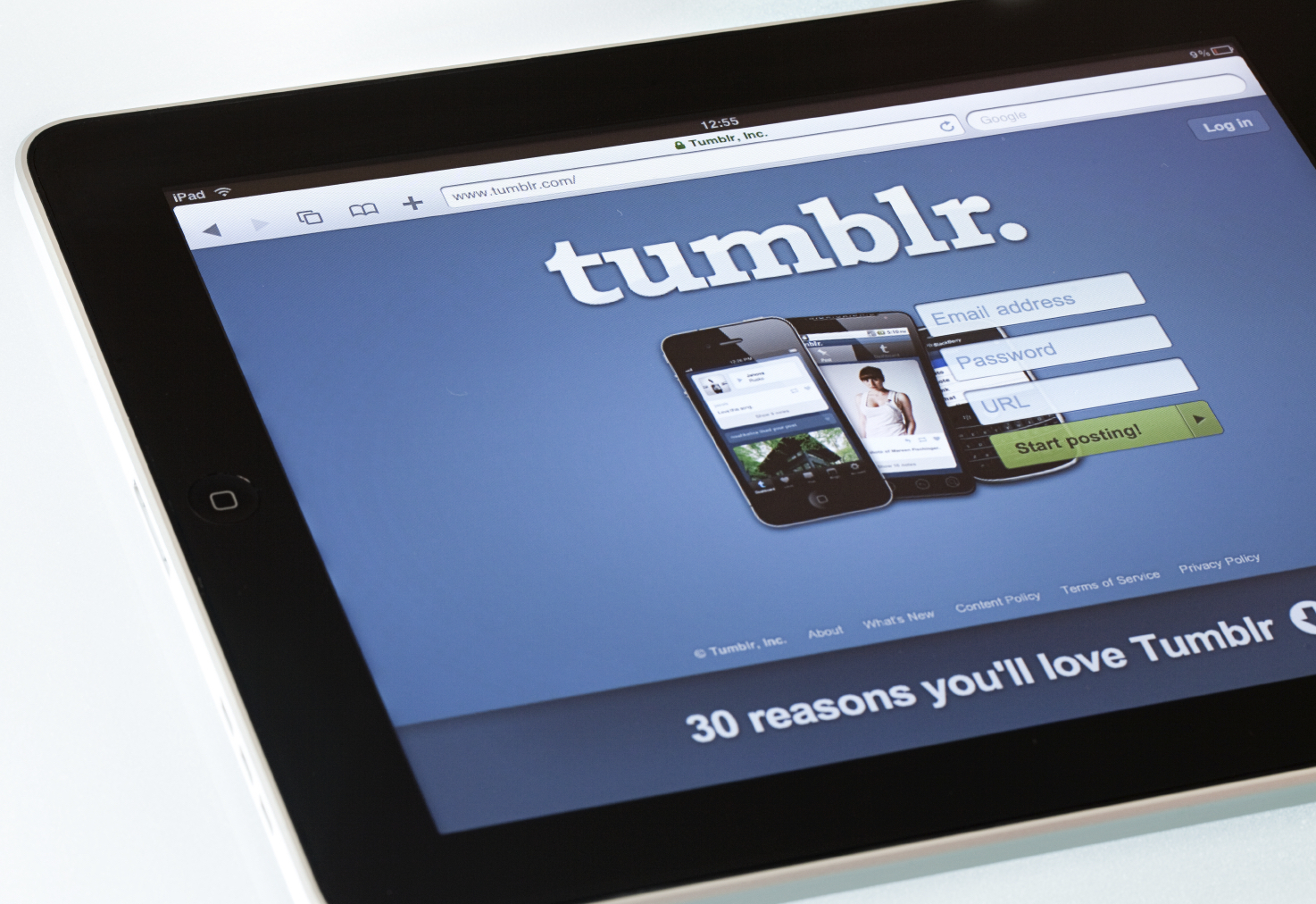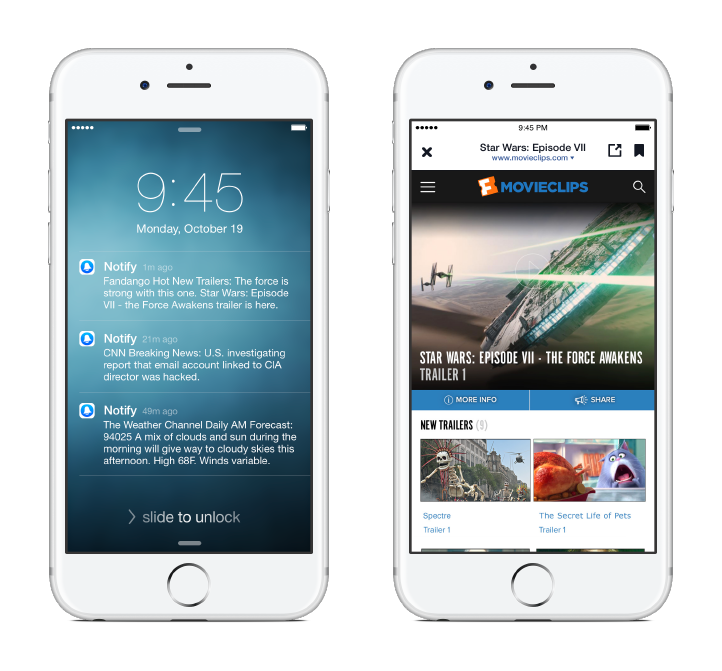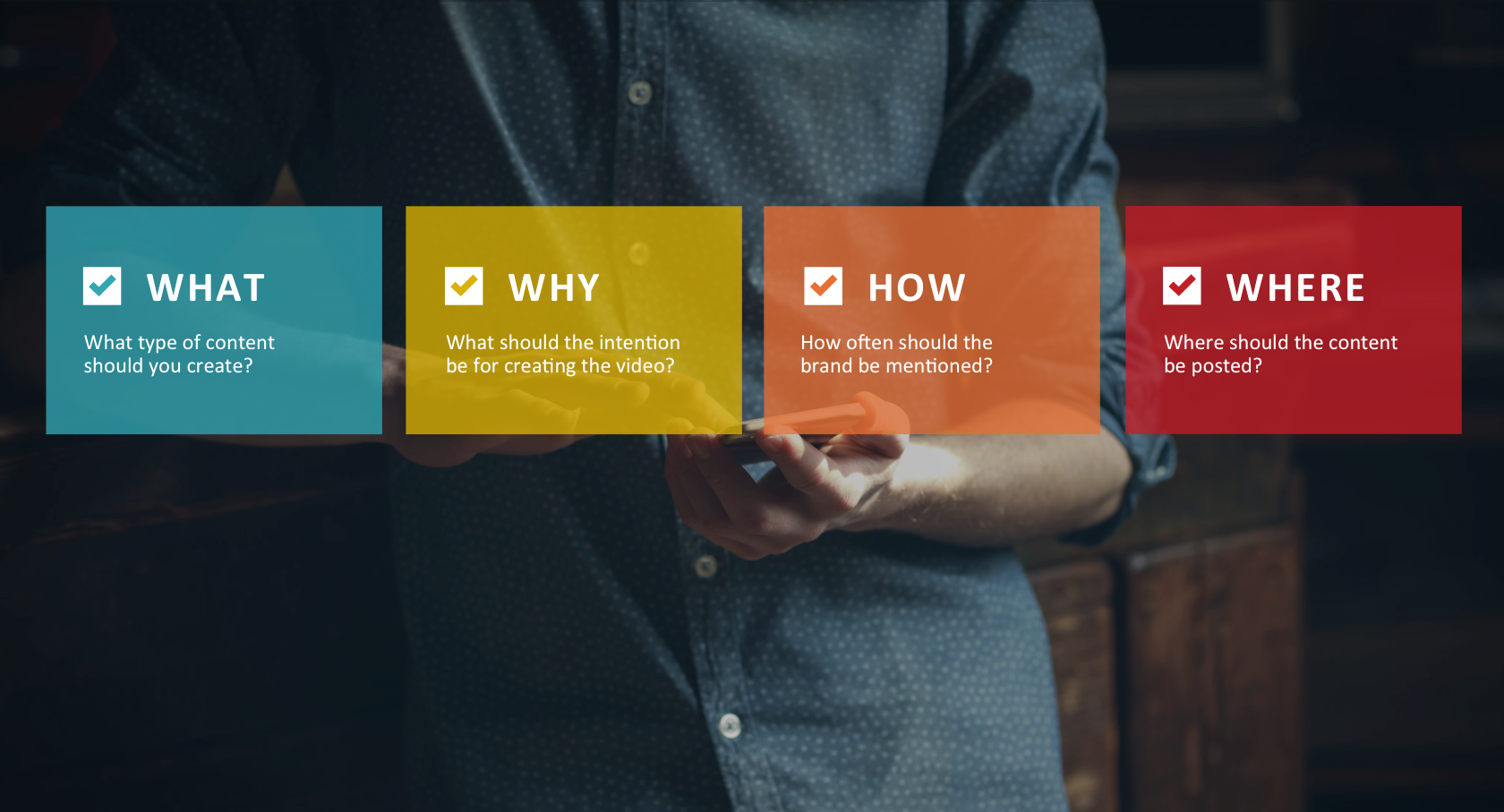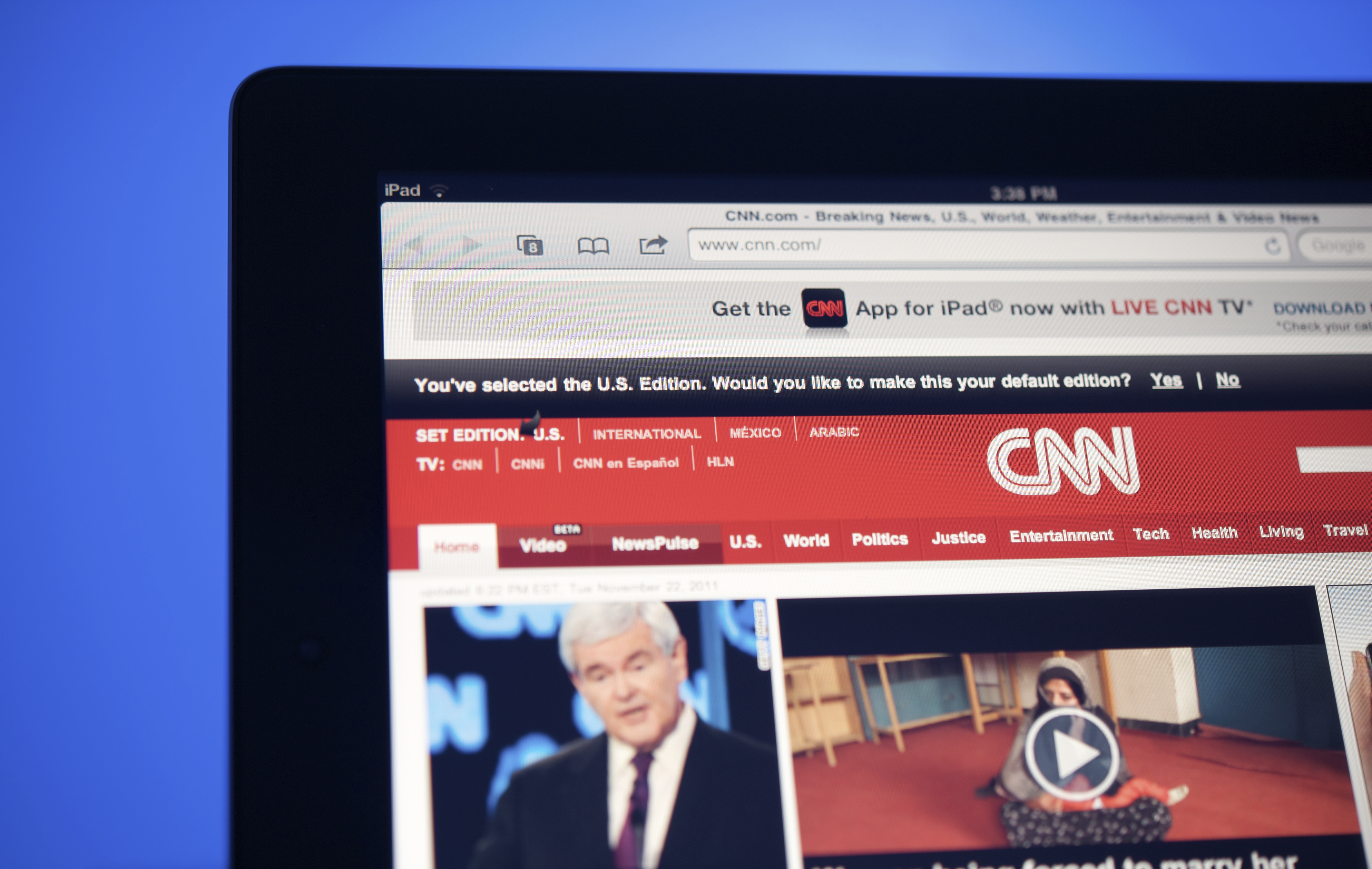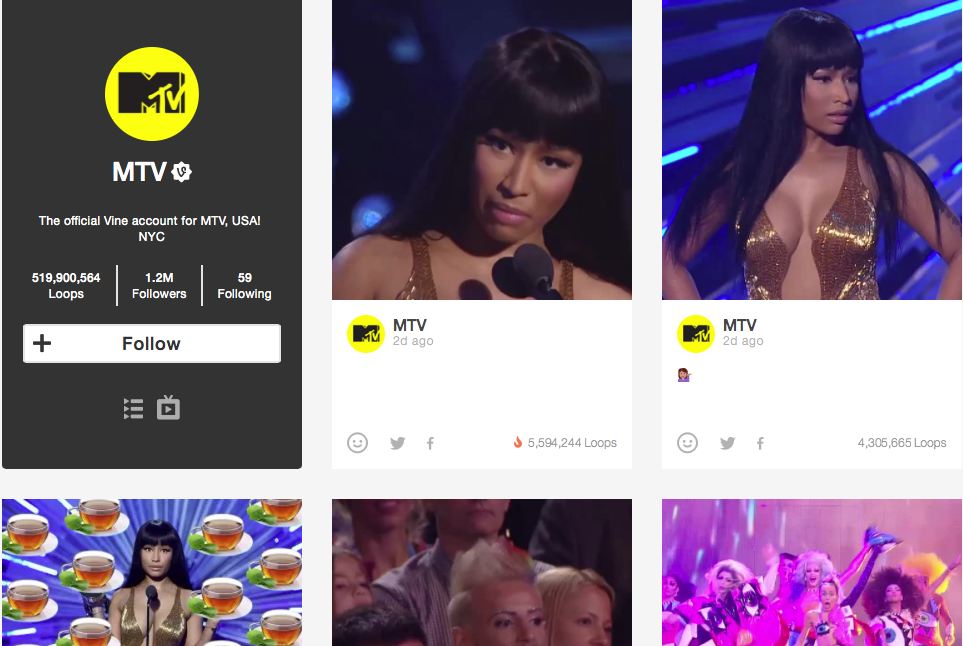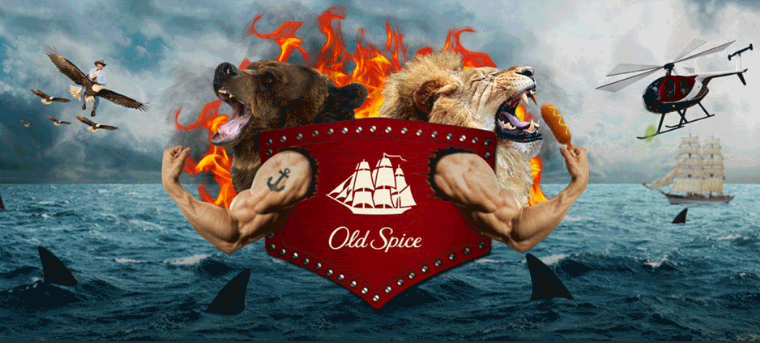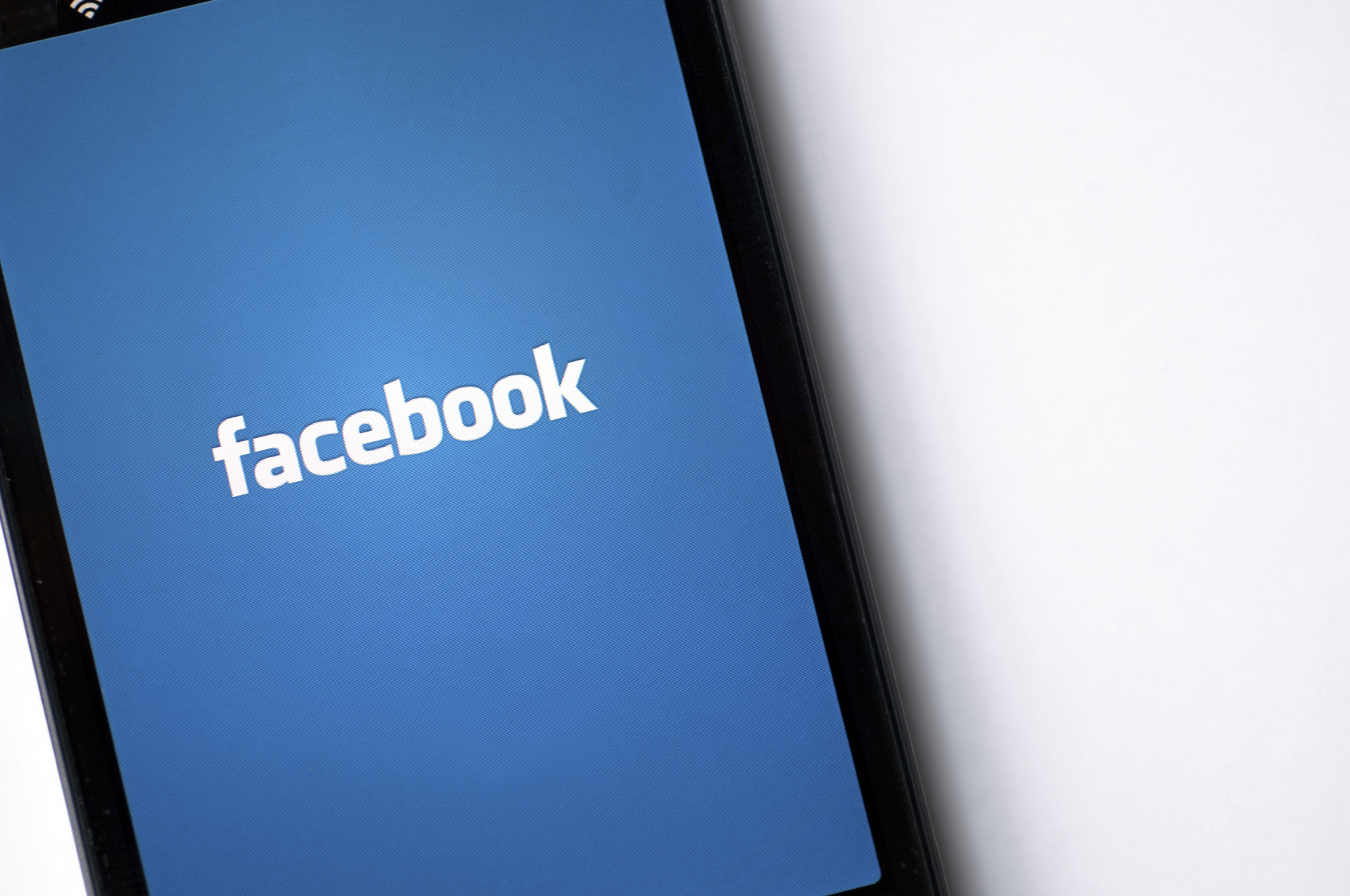What Happened
Tumblr, home to endless reblogged GIFs, has finally come out with its own GIF-making tool to help users create fun animated images with ease. Aptly named GIF Maker, the new feature is built into Tumblr’s mobile app and can help you turn photo bursts and videos in your camera roll into GIFs. The Yahoo-owned microblogging platform has been paying special attention to GIFs as of late, introducing a GIF search function and a dedicated GIF-watching section named Tumblr TV in June.
What Brands Need To Do
GIFs have long been an uber-popular format in Tumblr’s ecosystem, and GIF Maker can help brands and marketers on Tumblr create more viral, shareable content. As Tumblr continues to make itself more brand-friendly and easier to use, brands should build a presence on this valuable content marketing platform and try out this new content creation tool.
Source: The Verge
